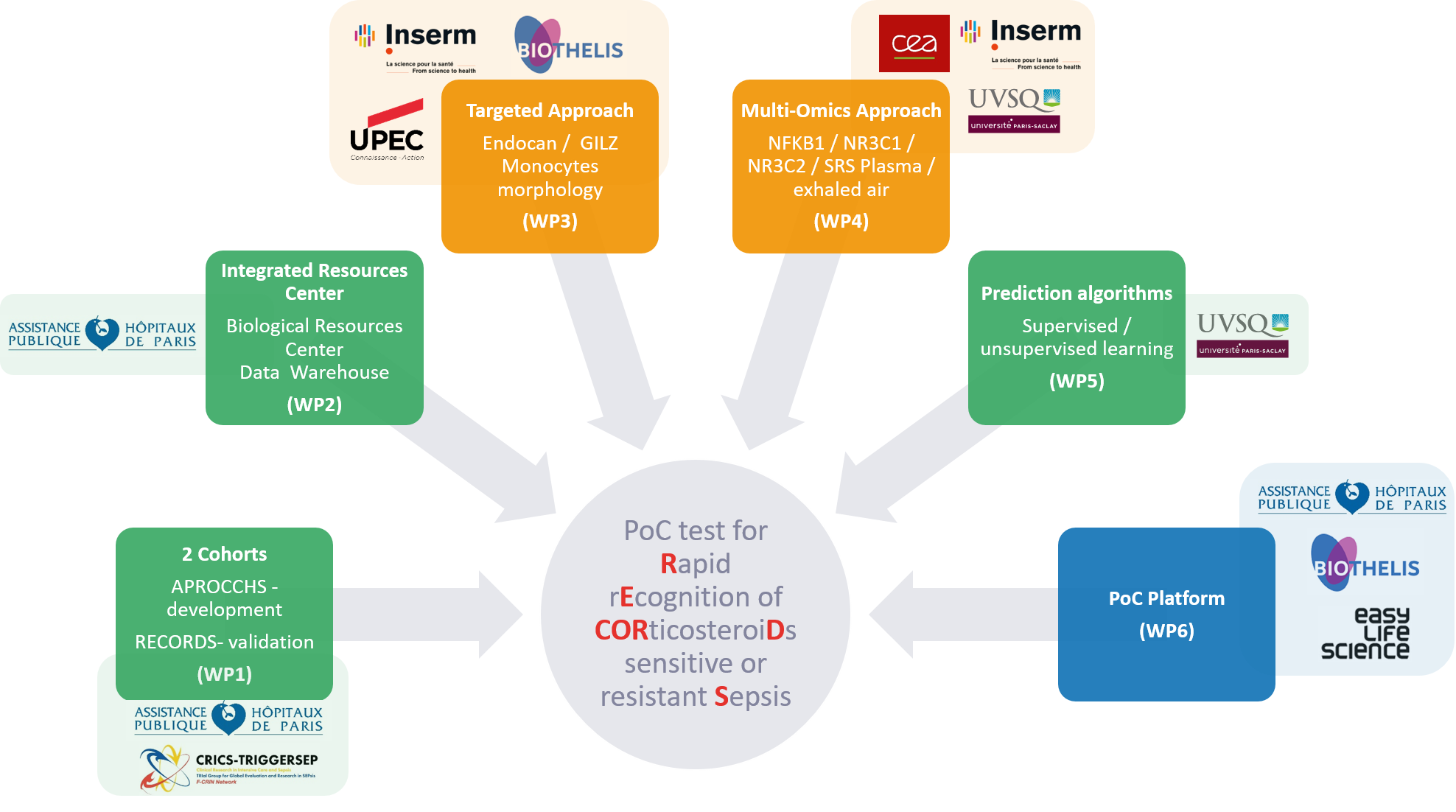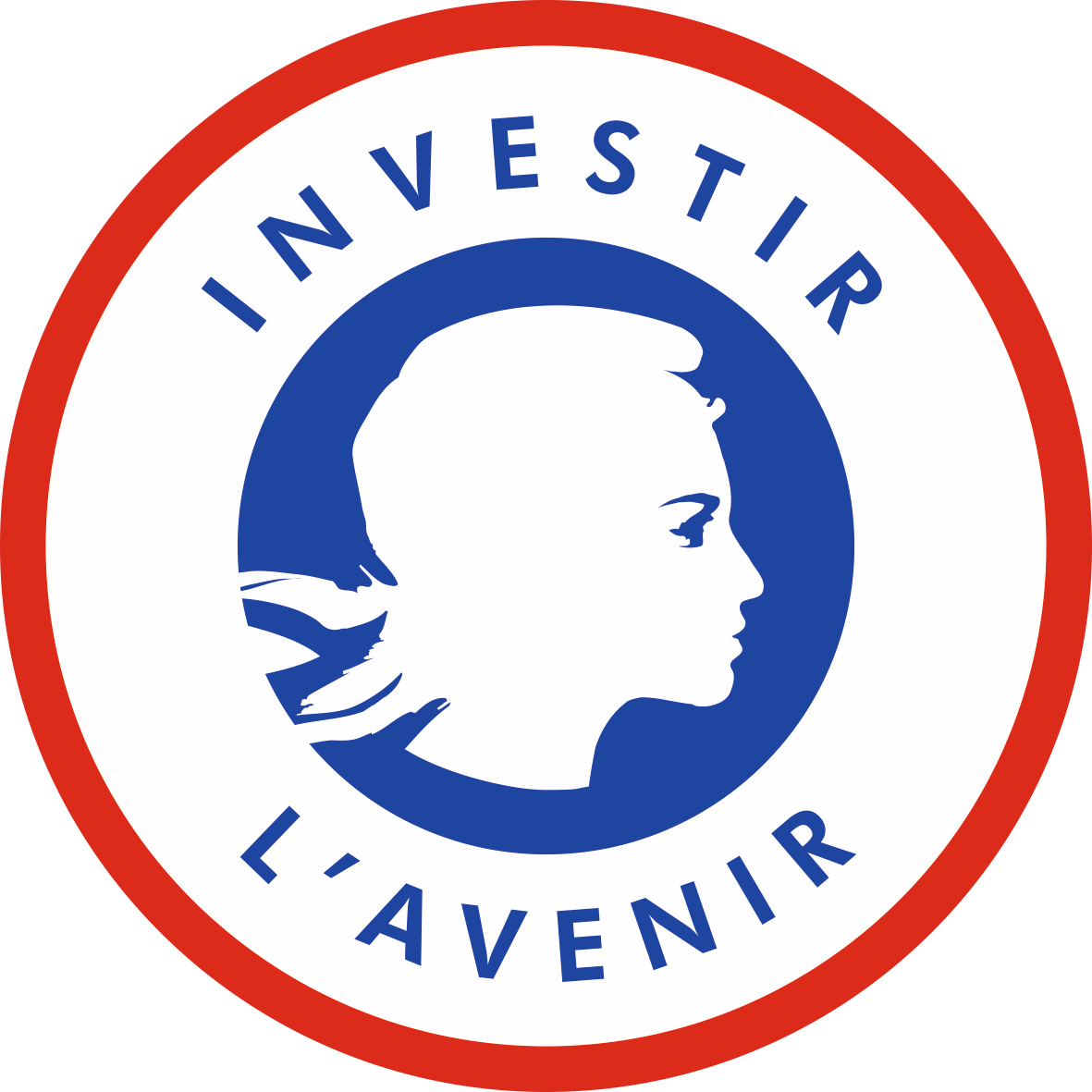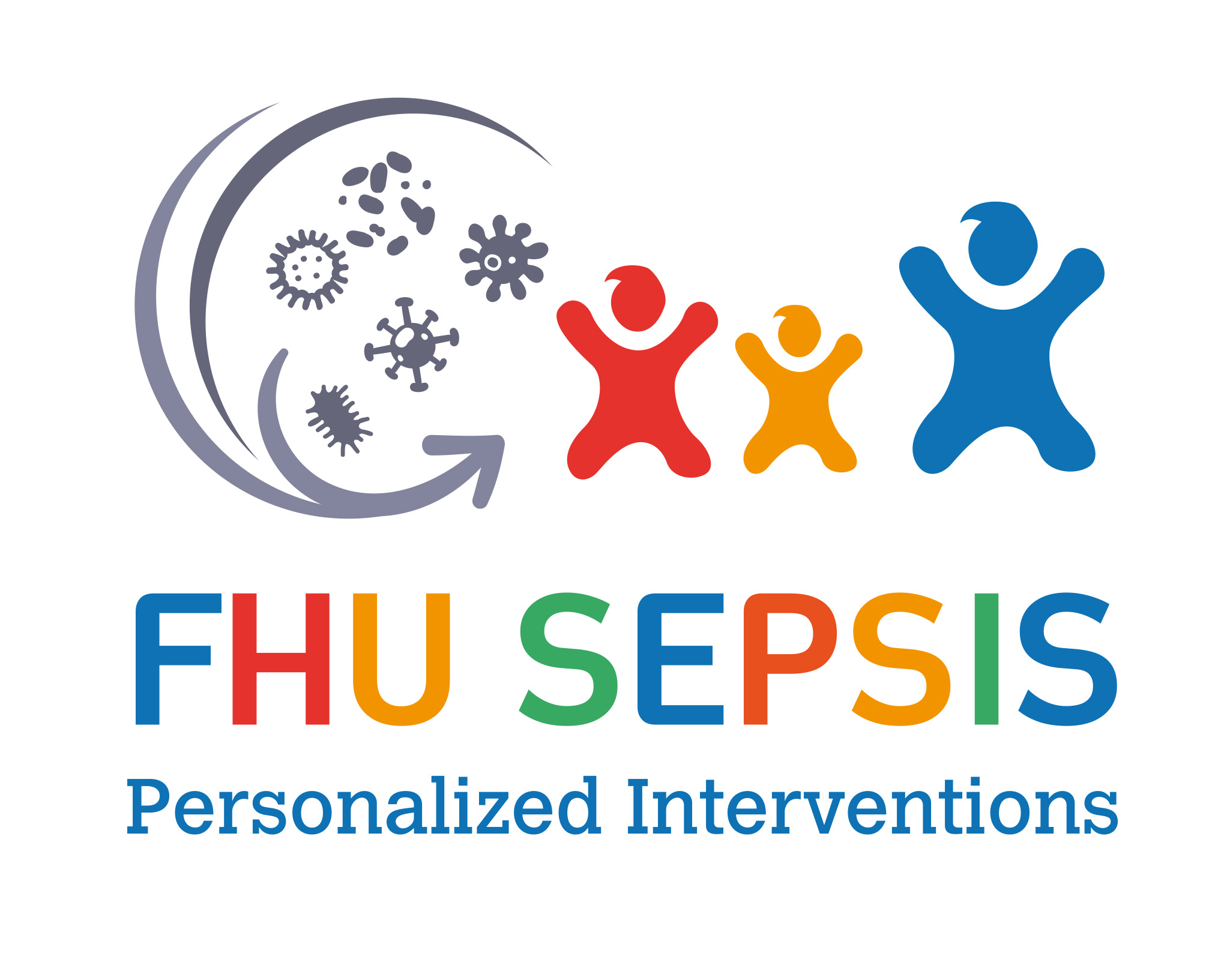You are here : FHU-SEPSISENOBJECTIVES & PROJECTSRHU RECORDSIntroduction & Objectives
- Partager cette page :
- PDF version
Introduction & Objectives
Deregulation of the immune response and of the endogenous production of cortisol are the main features of bacterial or viral sepsis. These deregulated responses to an infection support the routine use of corticosteroids, a low-cost and highly efficient immunoregulator used in sepsis and in moderate to severe cases of COVID-19. The response to corticosteroids at the individual level may vary significantly, even though the benefits are visible at the population level. The Synacthen test is a non-specific approach used to measure the amount of endogenous cortisol produced after injection of a corticotrope hormone (ACTH). However, this approach presents limited reliability to predict patients’ response to corticosteroids.
The goal of the RHU RECORDS, project funded by the “Programme d’Investissements d’Avenir” (PIA), is to enable the rapid detection of corticosteroid sensitivity or resistance in sepsis. This project started on February 25 2020, just prior to the WHO announcement describing COVID-19 as a pandemic event. The objectives of the RHU have been reinforced by the corticosteroids efficiency to treat severe COVID-19 cases and the need to quickly detect patients who are sensitive or resistant to this drug.
The RECORDS clinical trial is an adaptive trial aimed at efficiently evaluating biomarkers and AI defined algorithms to define the corticosteroid resistance or sensibility. The identification of such biomarkers is done through omic approaches (genomic, transcriptomic, metabolomic), and through specific cellular and molecular approaches on biomarkers of interest (i.e. GILZ, endocan). The RHU RECORDS also aims at designing POC tests (Point Of Care tests) allowing rapid detection of corticosensibility or resistance at the bedside.

Public partners
- Assistance Publique - Hôpitaux de Paris (AP-HP), coordinator
- Commissariat à l’énergie atomique et aux énergies alternatives (CEA)
- Institut national de la santé et de la recherche médicale (Inserm)
- Université Paris-Est Créteil (UPEC)
- Université de Versailles Saint-Quentin-en-Yvelines (UVSQ), Université Paris Saclay
Industrial partners
- Biothelis
- Easy Life Science (ELICE)
|
RECORDS - Project funded by the Programme d’Investissements d’Avenir (PIA) - ANR-18-RHUS-0004  |

